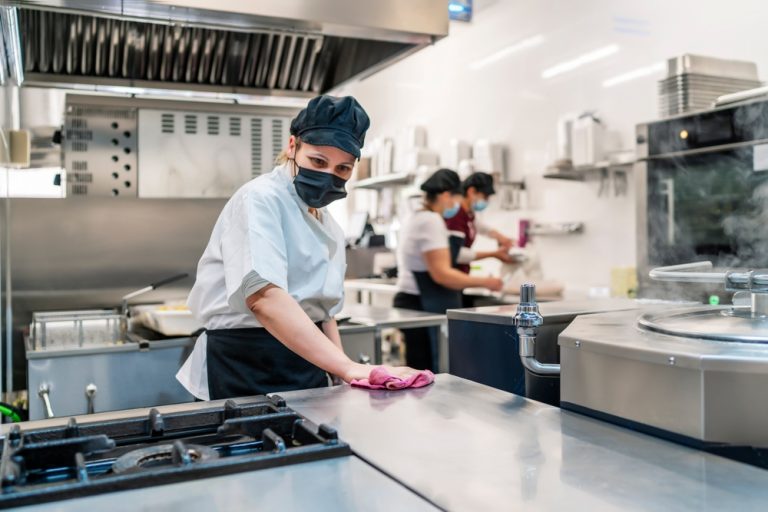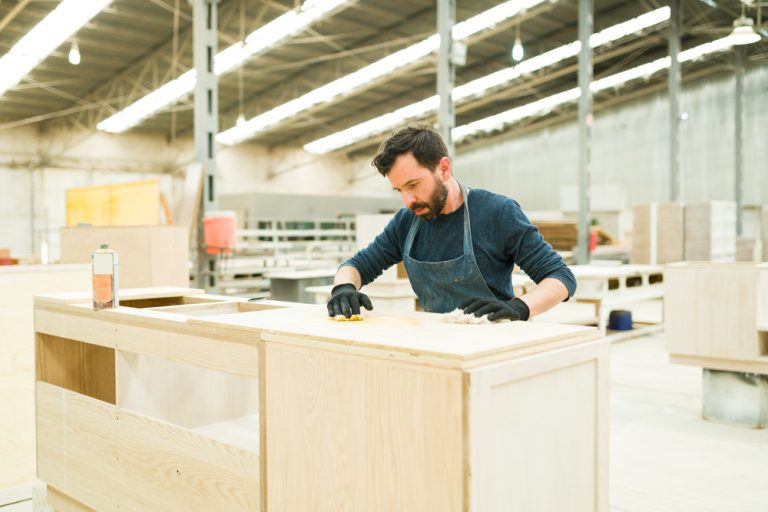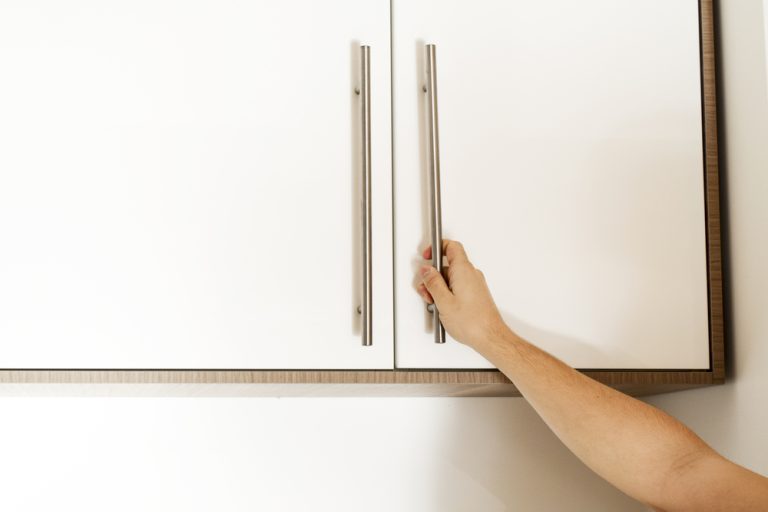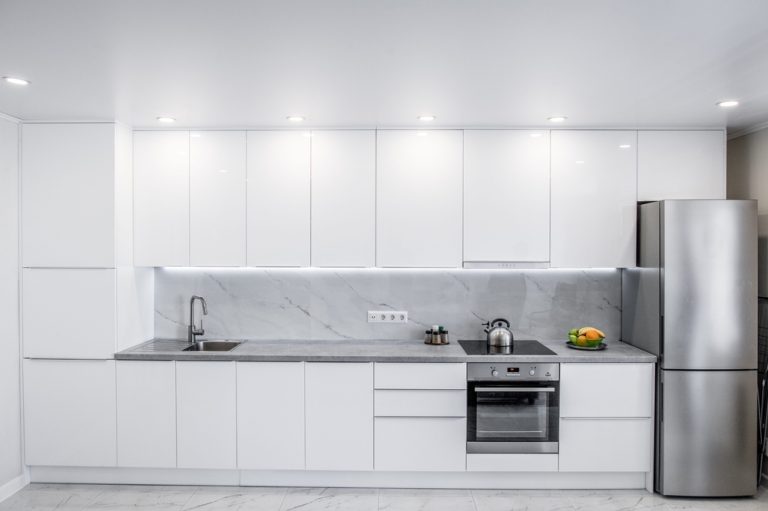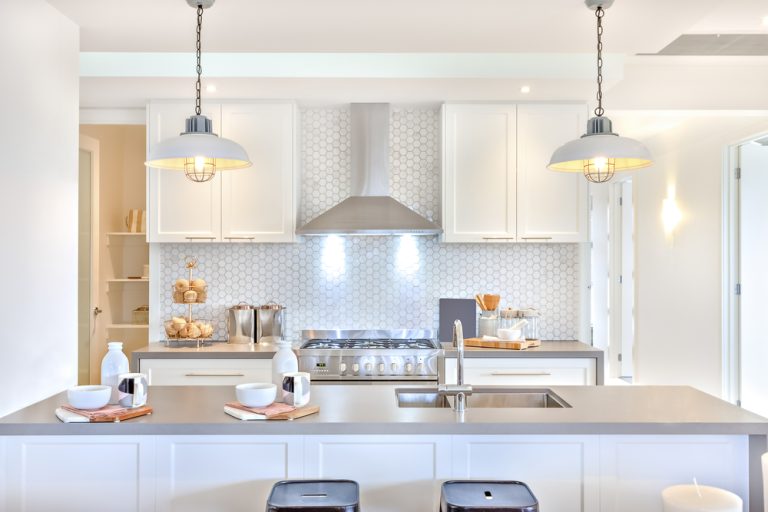How Much Does Remodeling a Kitchen Add Value?
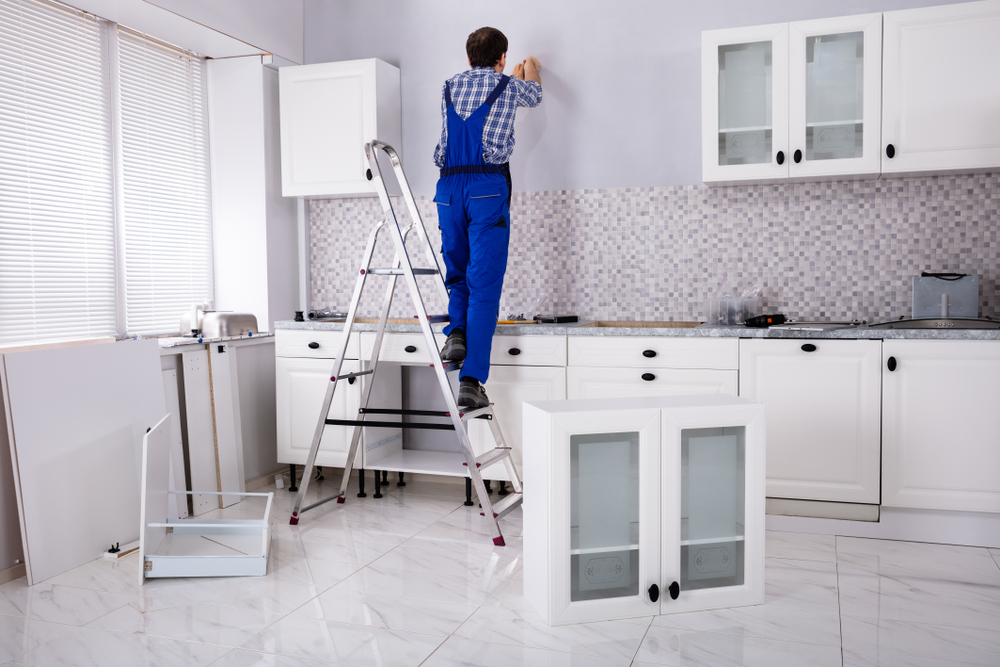
Remodeling your kitchen is one of the most effective ways to increase the value of your home. Not only does it improve functionality and aesthetics, but it also offers a significant return on investment (ROI). However, the value added can vary based on the extent of the remodel, the quality of the upgrades, and the real estate market in your area.
A well-designed kitchen can be a strong selling point, making your home more attractive to potential buyers. Even if you’re not planning to sell anytime soon, a remodeled kitchen can enhance your daily living experience and provide long-term value. But how much value does a kitchen remodel truly add? Let’s explore “How Much Does Remodeling a Kitchen Add Value”, factors that influence the added value, popular upgrades, and whether a remodel is worth the investment.
Understanding the ROI of a Kitchen Remodel
The ROI on a kitchen remodel typically ranges from 60% to 80%, depending on the scope of the project and where you live. For example, a minor kitchen remodel, which might include replacing cabinet doors, updating appliances, and adding new countertops, generally yields a higher ROI compared to a major overhaul.
According to the 2023 Cost vs. Value Report, a mid-range kitchen remodel has an average ROI of 77.6%, while a major kitchen remodel offers about a 58.6% ROI. This means that if you spend $20,000 on a minor kitchen remodel, you can expect to see an increase in your home’s value of approximately $15,520 to $16,000.
For homeowners, the ROI is crucial because it determines whether the investment will pay off if and when the home is sold. While a kitchen remodel can be a significant financial outlay, the potential to recoup much of that cost through an increased sale price makes it an attractive option.
However, it’s important to remember that not all kitchen remodels are created equal. The type of renovation, the quality of materials used, and the overall design can all impact the final ROI.
Factors Influencing the Value Addition
Several factors influence how much value a kitchen remodel will add to your home:
Location
The value added by a kitchen remodel can vary significantly by region. In areas with high property values, a well-done kitchen remodel can significantly boost your home’s selling price. Conversely, in areas with lower property values, the return may be more modest.
For example, a high-end kitchen remodel in a luxury neighborhood can yield substantial returns, while the same remodel in a mid-tier area might not have as dramatic an effect. Understanding your local real estate market is key to making the right renovation decisions.
Quality of Materials
Using high-quality materials like quartz countertops, stainless steel appliances, and custom cabinetry can increase the appeal of your kitchen, thereby adding more value. Buyers are often willing to pay more for a home with durable, stylish, and modern features.
However, it’s essential to strike a balance between quality and cost. Over-investing in top-of-the-line materials may not always yield a proportional increase in home value, particularly if the rest of the house does not match the same level of luxury.
Current Market Conditions
In a seller’s market, where demand exceeds supply, a remodeled kitchen can help your home stand out and command a higher price. On the other hand, in a buyer’s market, the ROI might be lower, as buyers have more options to choose from. The broader economic environment, including interest rates and consumer confidence, also plays a role.
For example, in a booming economy, homebuyers may be more willing to invest in a property with a newly remodeled kitchen, whereas in a downturn, they might be more conservative with their spending.
Level of Remodel
Minor updates often provide a better ROI than major remodels. Simple upgrades like new countertops, updated cabinet fronts, and modern lighting can make a substantial difference in both functionality and aesthetics. Major remodels, while transformative, often come with higher costs and may not always yield the same percentage of return.
However, if the kitchen is severely outdated or dysfunctional, a more extensive renovation might be necessary to meet buyer expectations.
Design and Layout
The design and layout of the kitchen are also critical in determining its value. An open-concept kitchen that flows into the living or dining area is highly desirable among buyers today. Removing walls to create more space, adding an island, or reconfiguring the layout to improve functionality can all contribute to a higher valuation.
Additionally, integrating modern design trends, such as smart kitchen technology, eco-friendly materials, and minimalist aesthetics, can further enhance the kitchen’s appeal.
Popular Kitchen Upgrades That Add Value
When considering which upgrades to include in your kitchen remodel, focus on those that will provide the most value:
Cabinet Refacing or Replacement
Updating your kitchen cabinets can transform the space and appeal to buyers. Even refacing cabinets, which involves replacing the doors and veneers, can offer a fresh look at a lower cost. If the cabinets are in good structural condition, refacing can be a cost-effective way to achieve a modern appearance without the expense of a complete replacement.
For those looking to make a bigger impact, custom cabinetry offers a unique design tailored to the space, though at a higher price point.
Upgrading Appliances
Modern, energy-efficient appliances are a big selling point. Stainless steel remains a popular choice due to its durability and sleek appearance. Energy Star-rated appliances not only appeal to environmentally conscious buyers but can also lower utility bills, adding long-term value.
Consider upgrading to smart appliances, which can be controlled via smartphone apps, offering convenience and a modern touch that appeals to tech-savvy buyers.
New Countertops
High-end materials like granite, quartz, or marble are not only durable but also very attractive to potential buyers. These materials are known for their longevity and ability to resist wear and tear, making them a practical and stylish investment.
Laminate and solid-surface countertops are more affordable alternatives, though they may not offer the same level of durability or visual appeal. Choosing the right material depends on your budget and the overall design of the kitchen.
Adding a Kitchen Island
An island can add both functionality and aesthetic appeal to a kitchen, providing additional storage, seating, and workspace. Islands can serve as the focal point of the kitchen, offering a place for casual dining or meal preparation.
Customizing the island with features like built-in appliances, wine racks, or extra storage can further increase its value. However, it’s important to ensure that the island fits well within the space and doesn’t overcrowd the kitchen.
Modern Lighting
Upgrading the lighting with energy-efficient and aesthetically pleasing options can change the atmosphere of the kitchen entirely, making it feel more welcoming and modern.
Consider installing under-cabinet lighting to brighten countertops and add ambiance. Pendant lights over the island or dining area can create a stylish focal point, while recessed lighting offers a clean, unobtrusive look. Dimmers can also be added to allow for adjustable lighting, catering to different moods and tasks.
Backsplash Updates
Adding or updating a backsplash is a simple yet effective way to refresh the kitchen’s look. Materials like subway tile, glass, or even reclaimed wood can add texture and color, creating visual interest. A well-chosen backsplash can tie together the kitchen’s design elements, making the space feel cohesive and polished.
Is a Kitchen Remodel Worth It?
While a kitchen remodel can be costly, it is often worth the investment, especially if you plan to sell your home in the near future. Kitchens are one of the most important spaces in a home, and a modern, functional kitchen can be a major selling point.
It’s essential, however, to balance the cost of the remodel with the potential increase in home value. Over-improving your kitchen for the neighborhood can lead to diminishing returns, so it’s crucial to plan wisely.
Moreover, if the remodel is done to your taste and improves your quality of life, the value added isn’t just financial but also personal. Many homeowners find that a newly remodeled kitchen makes their home more enjoyable and meets their needs better.
For those who enjoy cooking and entertaining, a well-designed kitchen can enhance daily life, making meal preparation easier and more enjoyable. Additionally, a remodeled kitchen can increase the home’s energy efficiency, leading to lower utility bills and a smaller carbon footprint.
Another consideration is the long-term durability of the remodel. Choosing materials and appliances that are built to last can provide ongoing value, reducing the need for future repairs or upgrades. For instance, investing in high-quality cabinetry or flooring can prevent wear and tear, ensuring that the kitchen remains in good condition for years to come.
Conclusion
In conclusion, while the financial return is important, the overall benefit of a kitchen remodel should be considered in terms of both increased home value and improved living experience. Whether you plan to stay in your home for years to come or are preparing to sell, a kitchen remodel is a solid investment that can pay off in various ways.
By carefully selecting the right upgrades and planning the remodel to suit your budget and needs, you can maximize both the enjoyment and the value of your kitchen.


